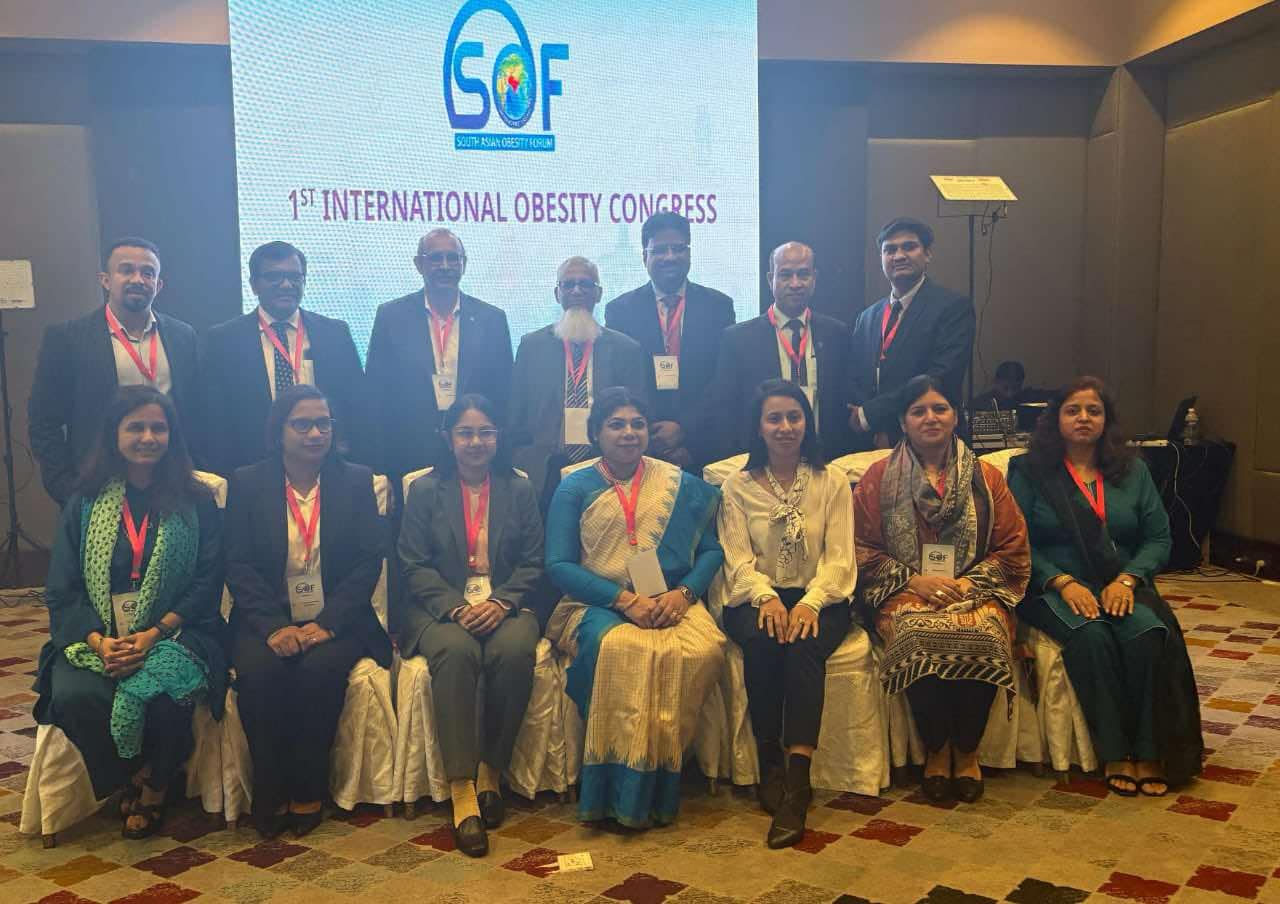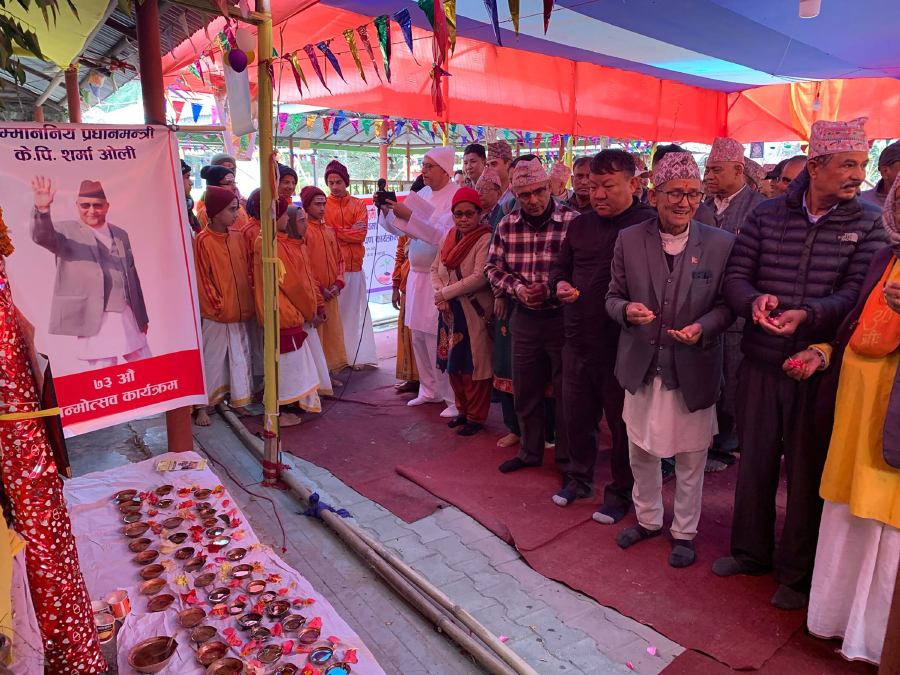Kathmandu, February 29
Researchers studying the effects of ground water depletion in the Indo-Gangetic place plain have said that extraction of water in the area may have significantly contributed to the April 25 quake in Nepal, and “probably all quakes” in the Sub-continent.
Scientists at NIT Rourkela; CSIR-National Geophysical Research Institute, Hyderabad; and National Centre for Seismology (NCS), Ministry of Earth Sciences, New Delhi, say they have evidence that groundwater depletion “advanced the clock” of temblors occurring in the Main Himalayan Thrust (MHT), under the Himalayan arc where earthquakes originate.
“Plate tectonics is the prime driving force behind earthquakes but in the past decade there is a new trend of research. The focus is also on surface and sub-surface activities such as underground mining, fluid injection and reservoir construction due to hydropower projects as possible contributing factors to seismic activity,” Bhaskar Kundu of the Department of Earth and Atmospheric Sciences, NIT Rourkela, told IANS.
Comprising about 250 million hectares of fertile land (most of northern and eastern part of India) the Indo-Gangetic Plain is the most populated region of India, Pakistan, and Bangladesh. It is also home to 40 percent of India’s population.
“Around seven percent of this process (anthropogenic ground water depletion) has contributed to advancement of the clock, that is, the timing of the earthquakes. The saturation level for stress is attained early due to depletion of groundwater. This is quite significant,” Kundu pointed out.
























